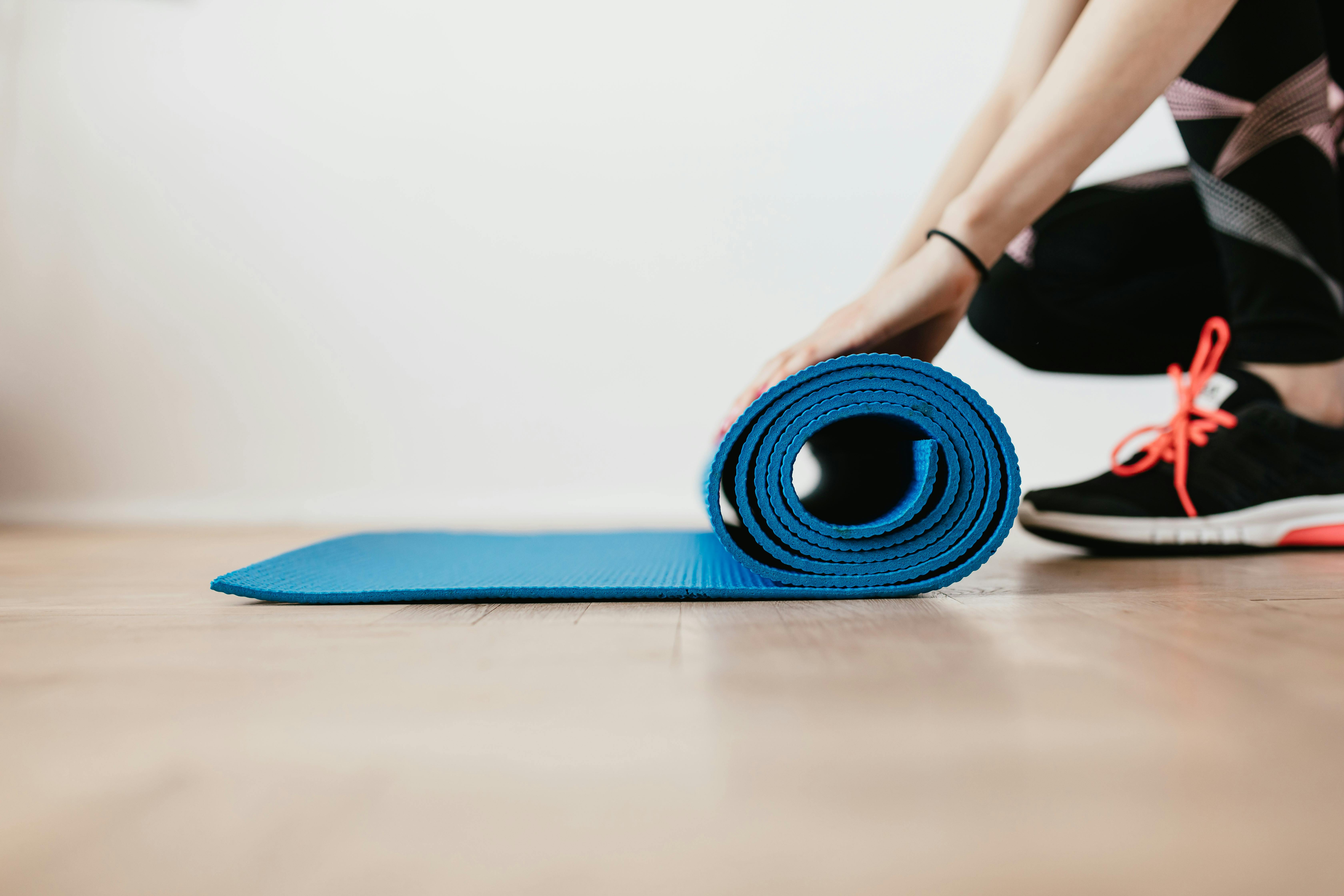What Is Pilates and Who Is It For?
Put simply, Pilates is a form of low impact exercise that uses a series of controlled, repetitive movements, combined with breathwork and mental focus, to improve strength, flexibility and overall well-being.
The only thing you require in order to practise Pilates is your body and a mat, although small pieces of equipment can also be used, in order to increase the difficulty of movements or provide greater resistance, yielding even more benefits. The result is a workout that is challenging, yet accessible no matter what your fitness level is, which in addition to increasing strength and mobility, also improves endurance, stability and whole body awareness.
Pilates can also help reduce pain, particularly in the lower back, and reduce the chance of future injuries, as well as decreasing stress, improving mood, resilience, sleep and immunity, and enhancing other sporting performances or activities.
Anyone can take part in Pilates, from someone who is keen to try exercise for the very first time, to professional athletes, as it can be adapted to suit any level, with the difficulty being increased over time to suit the participant. Although there are thought to be no contraindicated medical conditions, and Pilates is considered safe and effective for all, it is always advised to take advice from a medical practitioner before starting a new exercise programme if you suffer from a particular health concern.
Who is Joseph Pilates?
Joseph Pilates developed the practice we now know as Pilates in America in 1923. He suffered ill-health in a variety of guises as a child, but through his determination to be fit and strong, he was able to transform himself using boxing, bodybuilding and gymnastics, combined with some controlled, precise movements that he developed, focusing on core stability, alignment and breathwork.
When he was captured in the First World War, he taught these techniques to other detainees, which added to his belief that exercise serves to improve physical and mental health. Whilst working in a prison hospital, he began to use small pieces of equipment as well as bed-springs to increase resistance when providing patients with exercises, to increase resistance, while nursing them back to health, improving their strength and mobility.
From this, the practice we know today was developed, and although there are now many different interpretations, and therefore methods of Pilates, the main principles of breathing, concentration, control, centering, precision and flow remain the same.
Joseph Pilates and I share a vision - helping people to live healthier, more balanced lives. After all, as Joseph Pilates said, “Health is the first requisite to happiness”.

